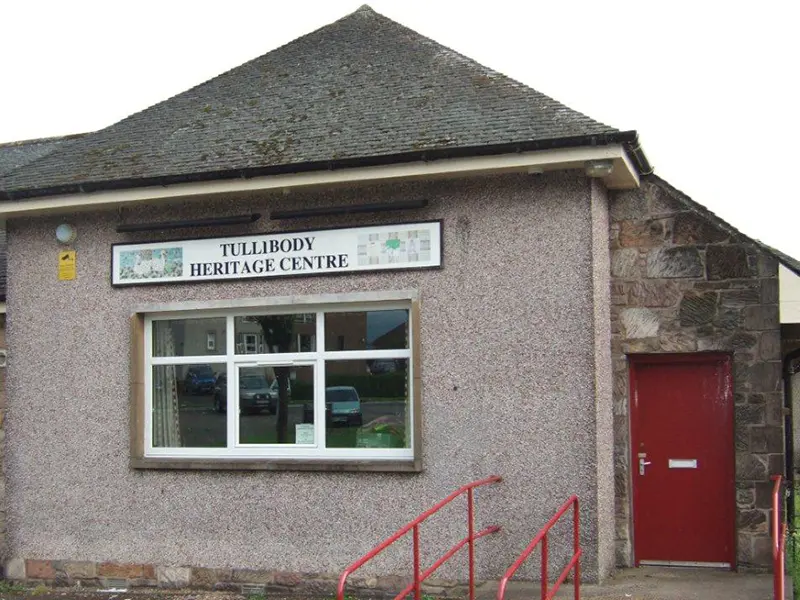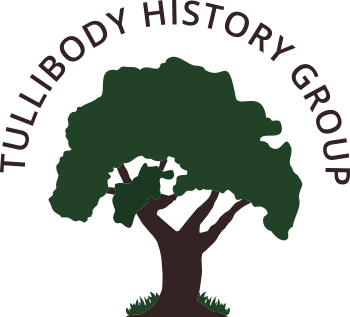Tullibody's Famous Sons
Throughout its history, Tullibody has been the birthplace of notable figures Sir Ralph Abercromby, Robert Dick and William Burns Paterson. Based on the available information, the following is a brief overview of some of their achievements.
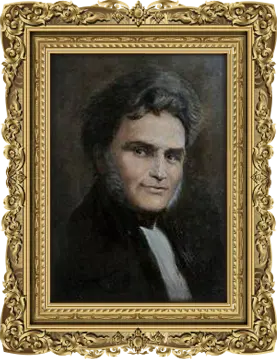
Robert Dick
1811 - 1918
Early Years
Robert attended Barony School in Tullibody with his siblings. The Abercromby family helped start and fund the school. Although Robert was a talented student, he couldn’t attend college due to his father starting a second family. When Robert was ten, his family moved to Dam’s Burn near Menstrie. Behind their house were the Ochil Hills, where Robert explored nature and developed an interest in plants and stones.
Achievements
When Robert was 13 years old, he apprenticed under a baker named Mr. Aikman upon his return to Tullibody. He collected local plants and insects while delivering bread to nearby villages. Mr. Aikman’s shop was located at the crossroads where the post office stands today.
At the age of 20, Robert moved with his father to Thurso and started his own bakery. While working as a baker, he pursued his interest in plant collection and geology. His expertise caught the attention of renowned botanists and geologists, such as Hugh Millar, who corresponded with him and even visited him.
Memorials
Robert’s obelisk was placed in Thurso Cemetery after he died in 1866. The people of Tullibody honored him in 1918 by placing a tablet on his former family home. The house was later demolished and the plaque is now in the Alloa Museum collection.
The wording on the plaque reads:
“IN THIS HOUSE WAS BORN, JANUARY 1811, ROBERT DICK, BAKER, THURSO BOTANIST AND GEOLOGIST WHOSE LIFE, SPENT IN THE PURSUIT OF SCIENCE, AMID MANY DIFFICULTIES, IS AN INSPIRATION AND EXAMPLE”
21ST SEPTEMBER 1918
Read more about Robert Dick in the Alloa Advertiser
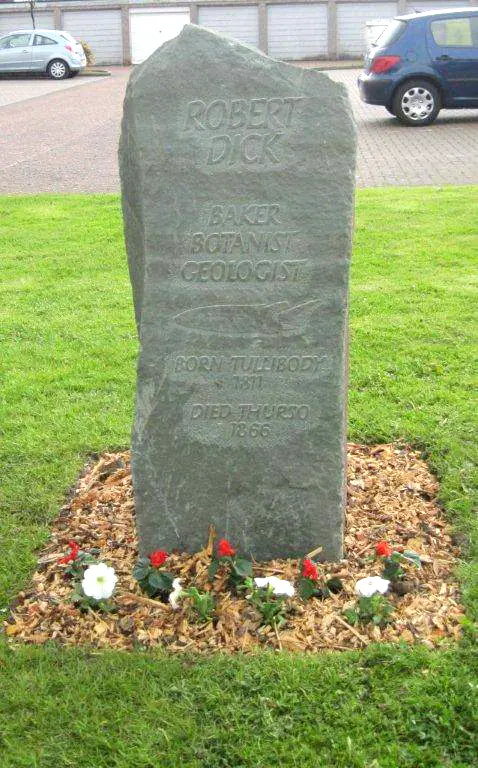
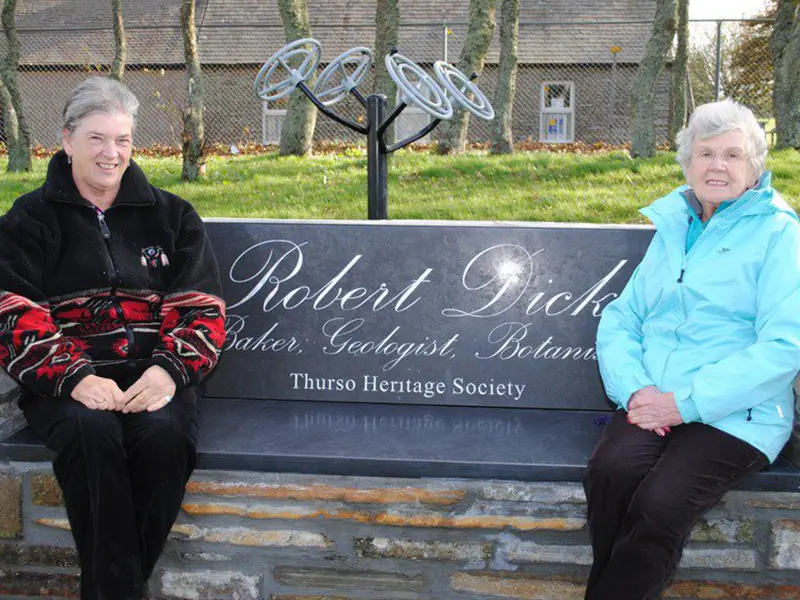
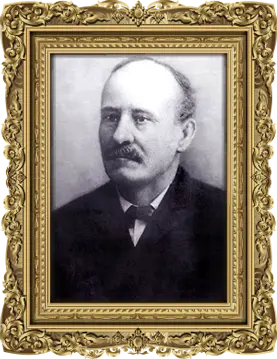
William Burns Paterson
1850 - 1915
Early Years:
William’s father worked as a gardener for the Abercromby family, and at the age of 12, William left school to assist his family. He learned about flowers while working with his father in the gardens. By the time he was 17, he had taken it upon himself to educate himself and was able to teach in public schools.
Despite his desire to follow his role model, David Livingston, and go to Africa, William lacked the funds to do so. Instead, he worked as a deckhand on a freighter that sailed to America in 1867. After three years with a mail-order company, he traveled around the country, eventually settling in Alabama. While working on a dredging crew on the Black Warrior River, the African American workers asked him to teach them how to read and write, which marked the beginning of his teaching career.
Achievements
After the abolition of slavery, William established a school in Alabama, Tullibody Academy for Negroes in Greensboro. In addition to this, he became the President of Lincoln State Normal School, and he married Maggie Flack. However, they faced numerous threats from the Klu Klux Klan, which forced them to move the school to Montgomery. They established Tullibody Hall, which later evolved into Alabama State University.
Memorials
Dr Paterson’s birthday is still celebrated each year as Alabama State University Founder’s Day and his name lives on in the College of Arts and Sciences, housed in William Paterson Hall.
Read about William Burns Paterson in the Alloa Advertiser
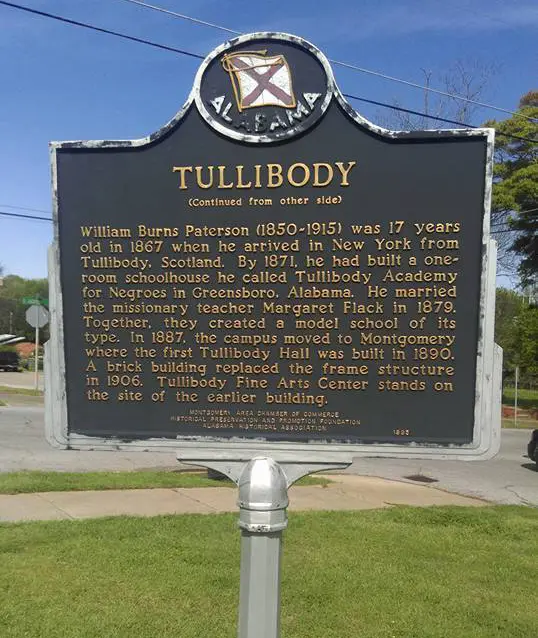
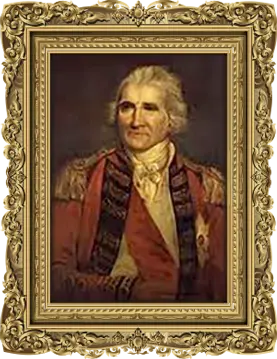
Sir Ralph Abercromby
1734 - 1801
Early Years
Ralph Abercromby was born in Menstrie on 7th October 1734 to George Abercromby and Mary. He was the eldest son. Ralph attended schools in Alloa and Rugby before studying law at Edinburgh and Leipzig Universities.
Achievements
Ralph Abercromby distinguished himself as a military leader in the Seven Years’ War, rising through the ranks due to his good service. He enlisted in the army in 1756 as a commission in the 3rd Dragoon Guards and became colonel of the King’s Irish infantry in 1781. When the regiment disbanded in 1783, he retired on half pay.
Apart from his military career, Abercromby was also a member of parliament for Clackmannan and Kinross from 1774 to 1780, and he was re-elected in 1796.
In 1793, when France declared war on Britain, Abercromby resumed his duties and served under the Duke of York in a campaign in Holland. During this campaign, he had the challenging task of conducting the retreat of the British army with the sick and wounded through severe winter weather. Despite the challenges, his humane conduct earned respect from both the Dutch and the British. In 1795, he was made a Knight of the Bath and given command of forces in the West Indies.
Throughout his career, Abercromby held various appointments and governorships, including commander-in-chief in Ireland, where he did much to restore discipline in the army.
In his 66th year, Sir Ralph took charge of an expedition to the Mediterranean and was then sent to drive the French from Egypt. He landed at Aboukir Bay and, after severe fighting, defeated the French at Alexandria on 21st March 1801.
Memorials
Unfortunately, he sustained injuries in the battle and died aboard HMS Foudroyant seven days later. Although his death was untimely, his legacy lived on with a monument erected in St Paul’s Cathedral in London and his widow created Baroness Abercromby of Tullibody and Aboukir Bay.
His old friend and commander the Duke of York paid tribute to the great soldier’s memory in general orders:
“ His steady observance of discipline, his ever-watchful attention to the health and wants of his troops, the persevering and unconquerable spirit which marked his military career, the splendour of his actions in the field and heroism of his death, are worthy the imitation of all who desire, like him, a life of heroism and a death of glory.”
Find out more about Sir Ralph Abercromby on Wikipedia
